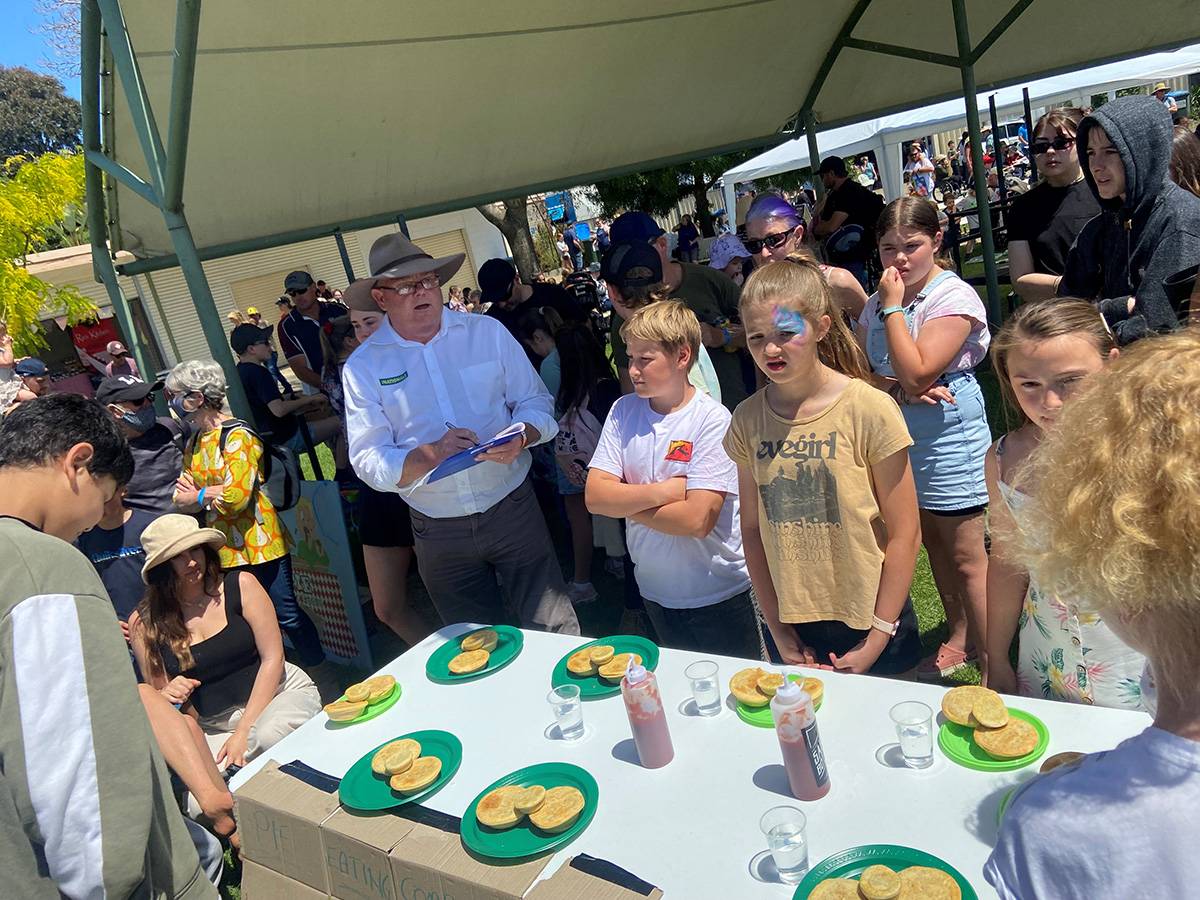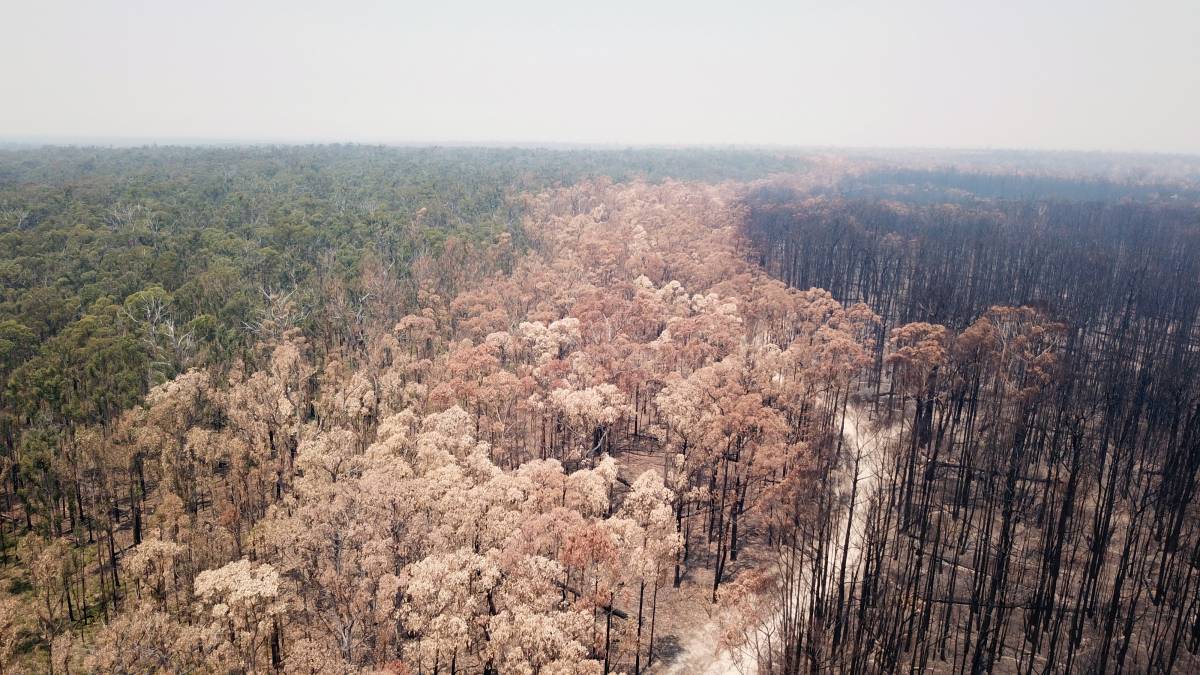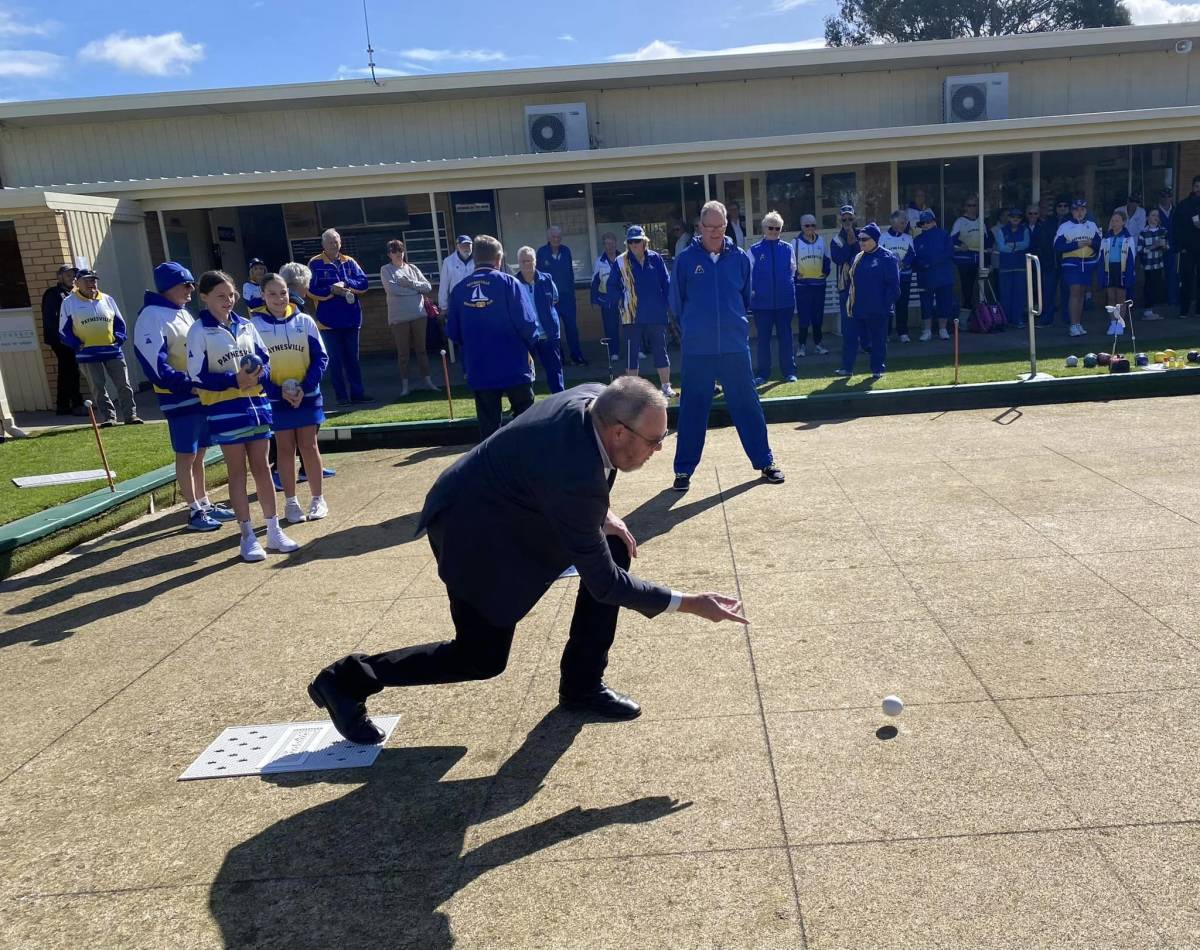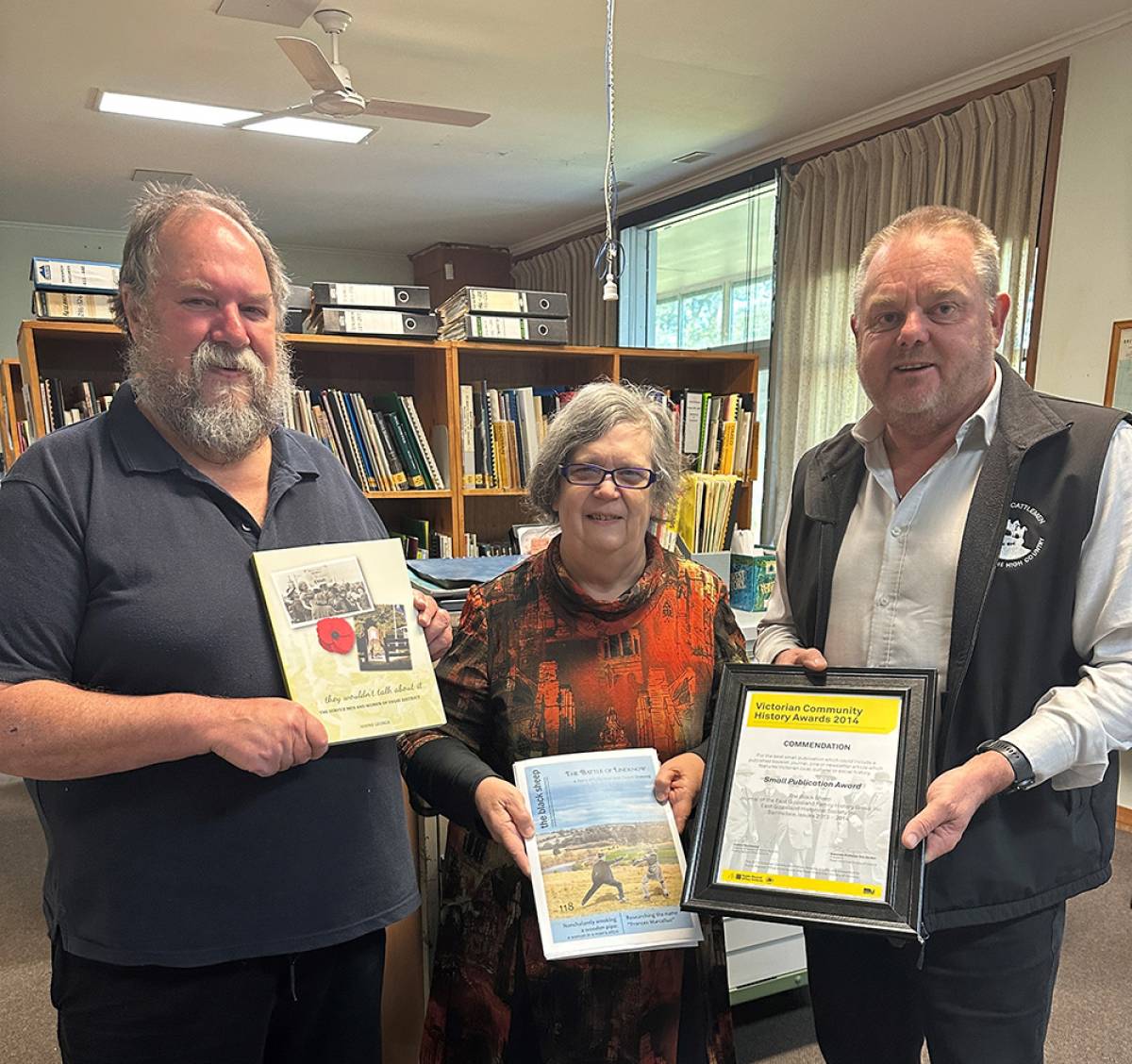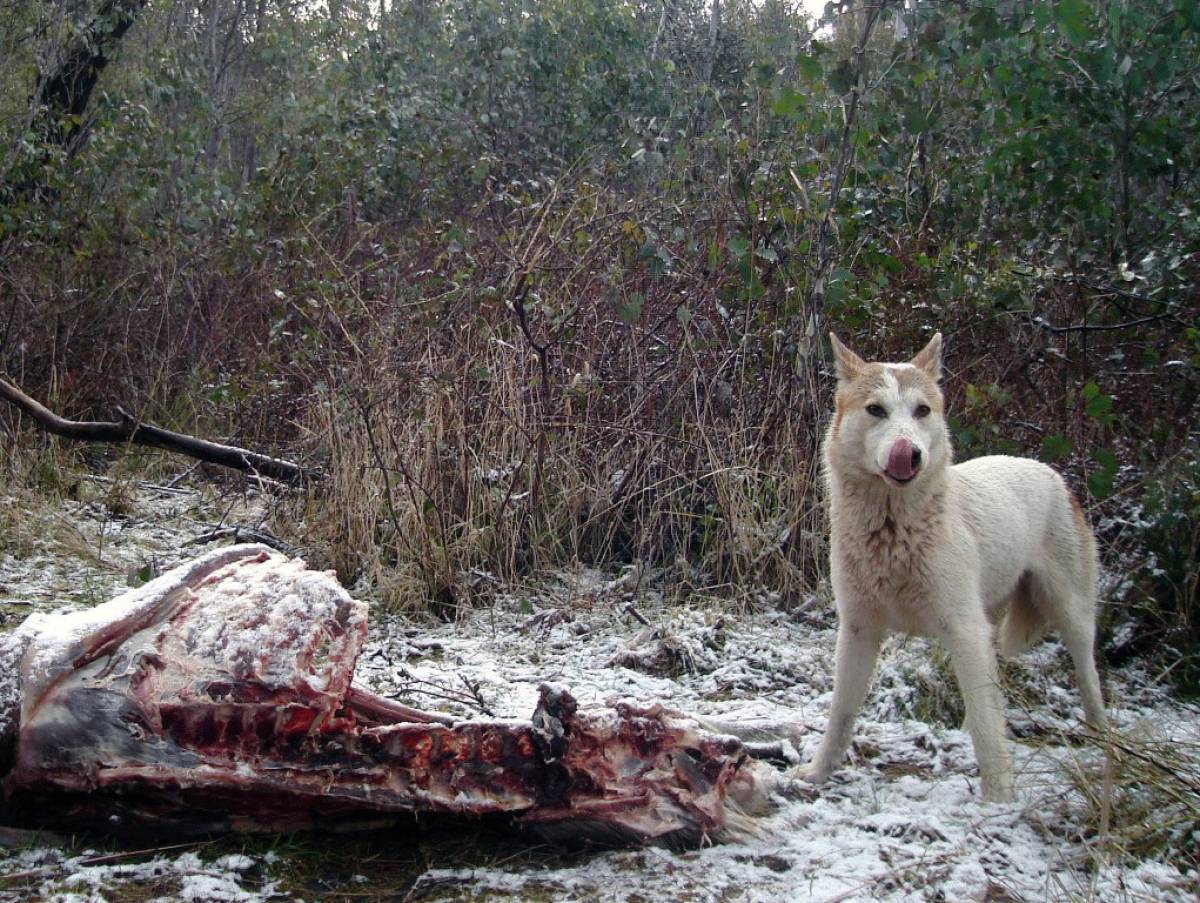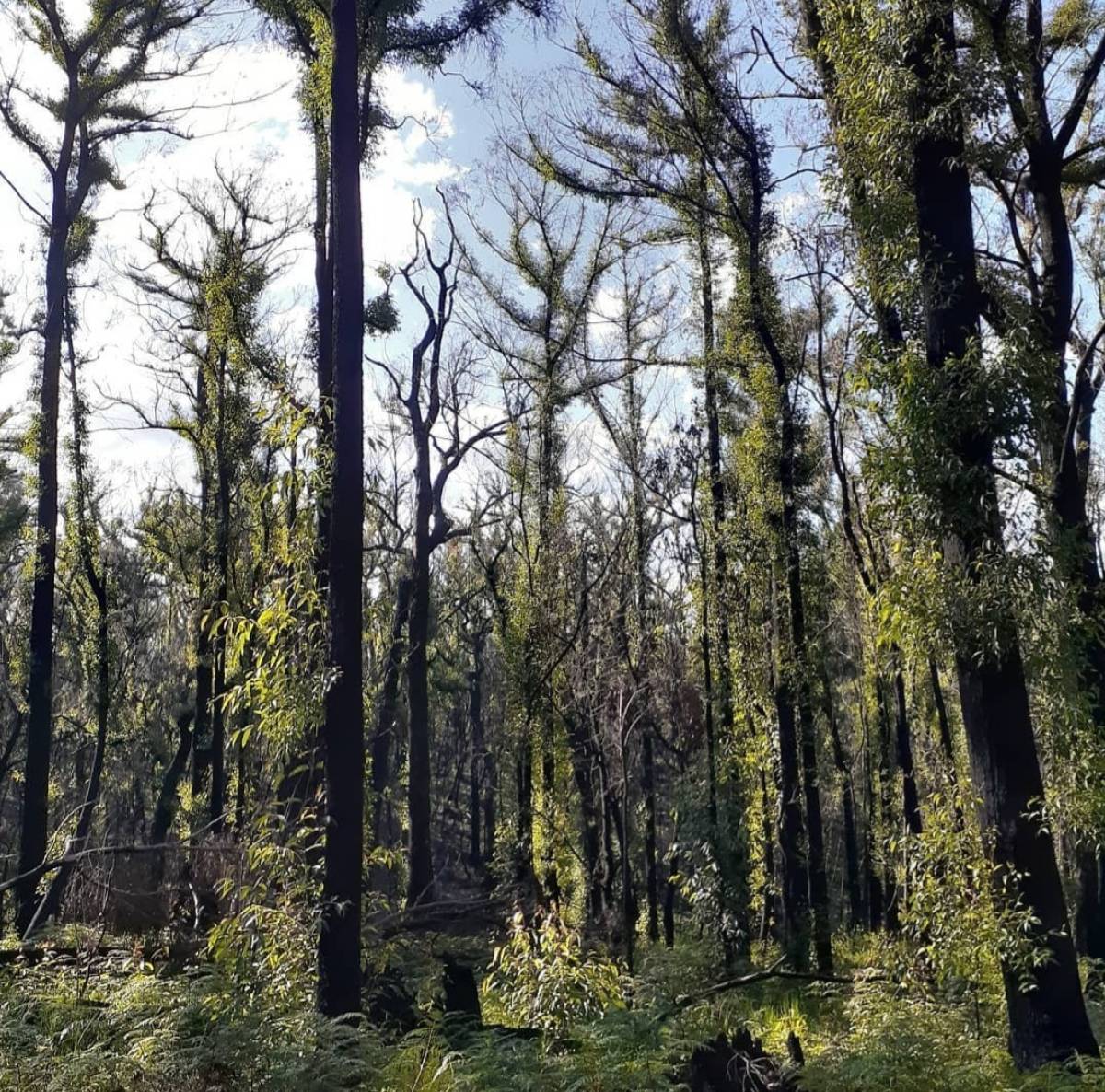Agricultural and Pastoral Society Grants now open
Grants of up to $10,000 are currently available for local agricultural and pastoral societies that can help with the running of popular local shows.
Nationals MP, Tim Bull, said local agricultural shows are a vital part of our rural and regional life and he encourages local society committees to consider applying.
“The social connection and economic benefit of these events for regional towns is so important,” Mr Bull said.
“This is a fantastic opportunity to build and improve our event infrastructure to support the wonderful events we have in our region.”
The wide range of projects that are eligible for funding include new or upgraded facilities for the displays for arts and craft, updated fencing or areas used for shearing demonstrations, wool exhibits or judging of animals.
There are also opportunities to fund modernisation of amenity blocks, seating, disabled access, and electricity and water supply through the grant program.
“The fund can also support projects which improve biosecurity, such as upgraded signage, or the creation of separate animal housing,” Mr Bull said.
To learn more about the Agricultural and Pastoral Society Grants Program and to apply, visit: https://agriculture.vic.gov.au
Applications close Friday 13 October 2023.
Caption: Nationals MP, Tim Bull, officiating the pie eating competition at the Bairnsdale Show, one of the region’s successful agricultural show societies in the Gippsland East electorate.
Monday, 25 September 2023
State fire policy leaving us vulnerable…. again
The State Government has again left us at great risk with this fire season approaching, clearly not having learned the lessons of 2019/20.
Just four short years after we should have received the lesson of a lifetime with fires that burned 1.6 million ha and saw 396 houses destroyed despite mild weather in the fortnight after ignition, here we are extremely vulnerable again. Here is why:
Following the 2009 bushfires, the Victorian Bushfires Royal Commission recommended a minimum of 5% of the forest be fuel reduced each year - even though some called for 6-8% in line with WA practice.
These were findings based on the advice of pre-eminent bushfire experts.
In support of this, Parliament’s own Environment and Natural Resources Committee earlier reported: “A minimum average of 5 per cent of the public land estate, should be adopted as the annual prescribed burning target”.
The Liberal National government accepted the recommendation and were working towards it. However, in 2015 the new Victorian Labor Government decided to head down a different path by establishing a new inquiry to come up with a result more palatable to what it wanted.
It produced a new approach that basically only focussed fuel reduction burning around townships and assets - and there was to be much less (if any) in the wider bush.
It was labelled “Safer Together” and Minister Lisa Neville said at the time: “Our new approach is about doing more to reduce the risk of bushfire, and knowing what we do is more effective.”
Four years later, “Safer Together” oversaw one of the biggest fires in the state’s history and it was/is a policy that clearly made us more vulnerable.
Apart from ignoring the recommendations of a Royal Commission, the reality is that many long-time locals saw this event coming. They knew that under “Safer Together”, fuel loads had reached levels they had not seen before in their lifetimes.
These people, who came to my office and stopped me in the street, were former firefighters, timber industry and bush workers and even State Government Departmental staff.
They said we were going to have a mega-fire and it was because we had allowed fuel loads to get out of control.
As a result, throughout 2018/19, I made a series of media comments and speeches in Parliament around the reality this was going to occur in the next year or two – there is no other possible outcome. In fact, one of these Comment Column’s in 2019 was dedicated to this.
It’s not rocket science. If you allow fuel loads to build to record levels in a region of predominantly bush that has summers with lightning strikes and hot northerlies – it can only ever end one way.
I am not a climate change sceptic and it will become a big factor in the years to come, but the reality is it was only a part player in this event with average temperatures in Victoria having risen by just 0.8°C since the 1950s.
The bottom line is the Royal Commission recommended a 5% annual burn target (equal to 390,000ha) and while this was never achieved, it was resulting in much more being done.
In both 2012/13 and 2014/15, over 235,000ha was fuel reduction burned in Victoria, but when we got “Safer Together” it dropped to just on 100,000ha per year being burned (40% of what was being done). Then the figure dropped again in the lead up to 2019/20.
Now we are on the verge again. Those same people with the knowledge base are giving the same warnings. A drive through the bush anywhere east of Lakes Entrance or north of Bairnsdale will reveal massive fuel loads.
The fallen and dead trees from the 2019/20 event and the explosion of black wattle and scrub in the landscape – it has left us very vulnerable again.
While we let this fuel build up happen, regardless of climate change temperature rises, it will only end in major fires, if not this summer, then in the ones immediately after – there is no other possible outcome that can result and it should be noted climate change will only make it worse.
We need to be doing more burns to offer more protections to our communities and the environment. Cool controlled burns are far better for the environment than out of control exceptionally hot burns that destroy everything and leave a moonscape of dead plants and animals – as we saw in 2019/20.
The state’s current targets on risk reduction are not enough to keep us safe - they are woefully inadequate.
University of Melbourne Associate Professor, Kevin Tolhurst, just two weeks ago said the “legislation of restricting fire has been counterproductive to a large extent”.
In paraphrasing his comments, Dr Tolhurst said we really need to change our whole philosophy of having fire in the landscape.
He strongly supports reintroducing more low intensity fire in the landscape – he is saying what the wise old heads in the community are saying.
As others have pointed out, we alter the balance of the bush by putting out fires from causes like lightning strikes in the summer – fires that would otherwise burn much larger areas over months - but then when it is cooler, we do not restore the balance by burning a commensurate amount, not even close. So, fuel loads build and build and then the dam wall breaks.
You can get away with it for a while, but it always catches up and the result is what we got in 2019/2020, 2007 and 2003 – major fires.
Dr Tolhurst summed this up when he said “we should be going in and burning areas as often as we can to break up the landscape, so it’s not much of a stretch from the way traditional owners used to use fire in the landscape”.
“As they moved through the landscape, they would ignite areas that were flammable as they passed through and they passed through often enough so that over time they would continue to burn the most flammable parts.
“Then you’re left with the less flammable areas that would burn later in the season”.
Another of Australia’s leading bushfire scientists and former head of the CSIRO bushfire unit, Phil Cheney, said the residual risk platform (eg “Safer Together”) was a “load of bulls---”.
He said residual risk was a measure developed by people with no on-ground experience running computer algorithms they think are true.
“If you look at risk, what you can control, fuel load is the only thing that matters,” Dr Cheney said.
Some doubt the worth of fuel reduction burns. A map of the 2019/20 fires clearly shows their effectiveness. It clearly displays the many locations where the fire front was stopped when it hit an area recently fuel reduction burned.
One of the best examples is at Painted Line Track near Orbost, where on a hot northerly day, the fire was stopped when it hit a recently burned area – there is some terrific aerial shots of how effective this was (see picture).
In recent times some metro-based Government members have also questioned whether burning the wider bush is ineffective.
As just one example to refute this was the inquiry into the local Tostaree fire in 2011 which showed the network of previously conducted fuel reduction burns played a key role in containing this fire which burnt on a day of temperatures over 40 degrees and gale force winds in an area with difficult access.
In the late afternoon, the fire reached an area recently fuel reduction burned which lowered its intensity and it was able to be controlled. If this area of wider bush had not been fuel reduction burned, communities such as Simpsons Creek and Newmerella could well have been lost.
In addition, I think the best summary came from a firefighter by the name of John Fisher, who was speaking at a bushfires inquiry and stated:
“The opponents of fuel reduction burning fail to realise the operational difficulty of fighting a wildfire in extreme conditions. The only option or tool that we have available is the manipulation of fuel in the fire triangle.” (When he was talking about the fire triangle, he was talking about the three things that fire needs – fuel, oxygen and ignition.)
“The only one that we have control over as a community and a society is fuel. Even in a fuel reduced area on extreme days there is no question that fires can burn through - but the moderating effect of that fuel reduction activity is quite profound and is quite useful in the periods of the day when those extreme fire behaviours wane.” (He was talking about our Tostaree situation).
“We use that through the nightshift to effect further fuel reduction burnings or back-burns, as you have seen, and that provides us with a safe and effective means to control fires on our estate.”
These wider bush burns are not being done under “Safer Together”, so again, we are not safer.
You cannot dictate to a fire by telling it where and when to burn and you cannot control the weather, so you need the landscape controlled.
In Victoria, the Government is only achieving a bushfire residual risk target of 70% and this is with substantial wildfire added into its figures to meet their own targets.
By including wildfire to reach their own fuel reduction targets, the Victorian Government also seems to assume high intensity fire over summer delivers the same result as a low intensity fire. It does not. As many experts state, unlike low intensity prescribed fire, high intensity wildfire results in impenetrable tall dense understory often dominated by flammable species, which is what we have now. Cool burns do not leave this unwanted legacy. In addition, high intensity wildfires have devastating impacts on the flora and fauna in the bush and denude the bush over wide areas leading to soil erosion and river pollution. Cool burns do not have these impacts either.
So, to summarise, the government is including in its fuel reduction burn figures the areas burnt in wildfire it says it is protecting us against. Fires which then in turn leave us with a more flammable landscape afterwards.
This is what we have now, as the lack of effort to address issues post the very hot 2019/20 fires has left us very vulnerable again with high fuel loads everywhere.
The Premier and Minister should go and inspect the areas burnt by the 2019-20 wildfire in East Gippsland and see the outcomes their failed “Safer Together” policy has delivered. They should also talk to the locals and fire experts who are warning us.
In addition to all this, the government has destroyed our native timber industry, the men and women who were the first line of defence and on call as first responders when fire threatened.
And, on top of that, it has declared war on our CFA and the result has been the loss of 6,500 operational and support volunteers since 2015. The CFA is full of local champions who do their best and their best is good, but they need help when required.
The loss of members has meant a loss in surge capacity (CFA vols from other areas who come to our assistance in our time of need). This was highlighted in 2020 when the call went out and 70 strike teams were needed in East Gippsland, but only 17 could be mustered.
And Dan just tells us we’re “Safer Together”.
20 September 2023
Sporting Club Grants kick off again
Gippsland East sporting clubs can kick off the latest season of sport with grants available for uniforms, sporting equipment, training, program development and travel.
Local Nationals State MP, Tim Bull, is encouraging local community sporting clubs to consider applying for the latest round of the Sporting Club Grants Program.
Mr Bull said there are four funding categories that have been made available in the latest round of the program.
• Up to $1,000 is available for unforms, equipment and resources that improve accessibility and engagement
• Up to $2,000 for projects to strengthen volunteering and officiating
• Up to $4,000 to deliver a new sport or recreation program
• Up to $750 to support athlete travel
“Our sports clubs are the backbone of many country towns, supporting locals to stay active and engaged in sports participation,” Mr Bull said.
“They provide a safe and inclusive environment for people to be a part of their community, participating in whatever capacity they choose.
“The funding up for grabs has the capacity to provide clubs the ability to upskill or offer specialised training for volunteers and officials, assist families with the cost burden for sports uniforms or develop new programs or initiatives to drive active participation in sport. The opportunities are endless.
“Grassroots sport plays a critical role in the fabric of our communities encouraging people to stay healthy, active and connected with like-minded people.
“It is so important clubs have access to funding support to encourage participation not only for athletes, but for coaches, officials and club administrators, minimising the cost burden for all.”
For more information and to apply for the program, visit sport.vic.goc.au. Applications close at 4pm on 12 October, 2023.
Caption: Gippsland East MP Tim Bull, pictured at Paynesville Bowling Club, is encouraging local sporting clubs to consider entering in the Sporting Club Grants Program.
Monday, 18 September 2023
Pleasing government rewrote history
Having tabled a petition in State Parliament recently calling on the Andrews Labor Government to reverse its cuts to the Victorian Community History Awards and Local History Grants Program, Gippsland East Nationals MP, Tim Bull, is pleased the Government last week backflipped on its decision and reinstated the support.
“Shortly after this decision was made, I was contacted by a number of local history groups who were outraged. On top of asking the Minister to reverse these cuts, a petition was established.
“It was a funding stream that supported volunteers undertaking important community work and it was just craziness from the Government to cut it.
“The funding allocation was critical to the ongoing growth and digitisation of the State’s archives and supported countless community volunteer historical societies, who contribute thousands of hours to build and maintain community-based archives.
On presenting the petition to Parliament, Mr Bull acknowledged that Victorian history receives so little in the way of funding or recognition of those who contribute to its collection.
“The Local History Grants Program ensured the work of over 350 volunteer driven heritage organisations continues to develop and contribute to the ongoing research in telling the stories of the past.
“The digitisation of the timeworn records is a huge focus for local historical societies and family history groups, as age and environment threaten the longevity of these important collections which often include photographs.
“It is a small price to pay for thousands of hours of volunteer work that benefits the collective memory.
“The Community History Awards support historians, authors, creators, printers and designers and these awards encourage deep investigation and inquiry, as well as truth telling.
“It’s important to consider what we stand to lose without ongoing financial support for these historical groups. We simply can’t afford not to invest in our past.”
Mr Bull said the Minister responsible, Danny Pearson, has gone from overseeing the funding cuts to now saying in his backflip speech how “important it is to preserve our past and celebrate our history”.
“Talk about a 180-degree change of attitude,” Mr Bull said.
Monday, 11 September 2023
Don’t weaken wild dog controls
The Andrews Labor Government needs to guarantee it will continue to allow wild dog controllers to bait and trap on public land within three kilometres of private property.
Control measures in these areas are currently permitted, but a 2018 five-year order that allows this is due to expire on October 1 and Gippsland East Nationals MP, Tim Bull, says the silence from the Government on the topic is very concerning.
“Here we are, just weeks away from the deadline and the government is silent. Two months ago, a spokesperson for the Minister said it was still under consideration and the decision was still months away, leaving time to assess all options,” said Mr Bull.
“Well, it is now only weeks away and what our farmers need is some security and reassurance.
“What I am hearing on the ground from some Department of Energy, Environment and Climate Action staff, is they are concerned the order will not be renewed. If this is the case, it will only allow wild dog controls to occur on private property and this will make farms much more vulnerable to attacks.
“Controllers need every tool in their kit to halt these stock killers and that often includes finding their tracks and routes in the bush around farms. If you take this away, it just makes it so much tougher for them to do their job.
“The National Wild Dog Action Plan states wild dogs cost the economy $89m per year and eastern Victoria is a hotspot where we need all control measures available.”
Mr Bull said of most concern is that farmers have not been consulted at all.
“We have the Animal Justice Party advocating for more protections for wild dogs, saying they are all dingoes, but it seems no-one is talking to our food producers about the issue and getting their perspective.
“I hope this is not yet another decision where this city-centric government and its metro bureaucrats make another call to the detriment of country Victorians without talking to the impacted stakeholders.
“There should be no weakening of wild dog control measures,” said Mr Bull.
Caption: Farmers are calling for a guarantee they will still be able to protect their livestock from wild dogs (pictured) within three kilometres of their private property beyond October 1, 2023.
Monday, 11 September 2023
Email shows the government disarray over timber decision
The level of disarray the State Government is in over its decision to end the native timber industry is outlined in an email received by VicForests staff this week.
“Gippsland East Nationals MP, Tim Bull, said four months after the announcement was made, the message to staff this week stated:
• The government has made no decisions about the future of VicForests, with a determination about the organisation’s future expected ‘later this year’.
• The Department of Energy, Environment and Climate Action is undertaking a review of VicForests functions and activities before it makes this decision.
• The review is considering how the skills and functions of VicForests staff can be utilised.
• The current Board of VicForests now consists of only the Chair and one member.
“This hardly looks like the decision to end the timber industry was well planned and thought out and reeks of a policy on the run if after four months, they have absolutely no idea what they are doing with their own staff.
“It is alarming that a government department has to undertake a ‘review’ into the functions and activities of another arm of government and its staff. Did they not know the work they did? What a waste of time and taxpayer money.
“While many have been working hard to get answers for the mill workers, contractors and those businesses involved in the industry, we should also not forget about the VicForests employees, who are also part of our community, know this is a sustainable industry and are facing similar uncertainty.
“This is what happens when you have Ministers in charge of portfolios they know nothing about and they refuse to come out and talk to workers in these sectors,” said Mr Bull.
Thursday, 7 September 2023


